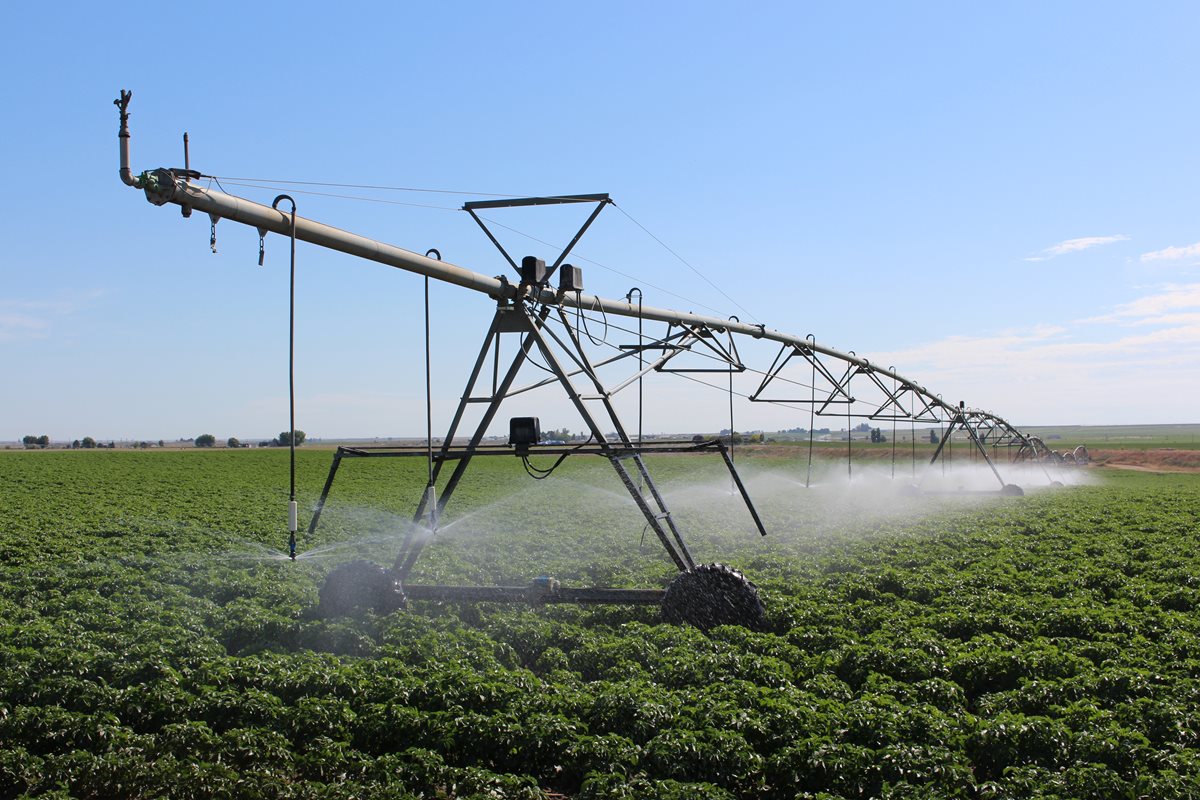Safety Labeling
Pesticide labels have additional safety information that also appears in Spanish and graphics, along with supplemental warning materials including:
- Cautionary sticker on or near the container cap.
- Safety sticker attached to the container.
- Counter card (issued at the time of purchase).
How Will This Affect My Use of Paraquat?
· Anyone who opens the container, handles an opened container, mixes, loads, handles rinsate, rinses containers, cleans or services contaminated equipment/sprayers, cleans up spills, and/or performs the application will have to be a properly licensed applicator. A pesticide handler (which includes the applicator), as defined in the Worker Protection Standard, will need to be a licensed “certified” applicator when involved with the use of paraquat.
· All certified applicators must take the online training and have the certificate on file before they do any of the “use” activities as defined.
Training Requirements
Certified applicators must complete a paraquat training every three years and retain their certificates. You will not need to have the certificate in your possession when purchasing the new-labeled paraquat product or when performing the application. However, WSDA will request proof of certification during an inspection or investigation.
Paraquat Training:
Existing Stocks
People other than the registrant can continue to sell and/or use the old product that has the previously approved labeling until those existing stocks are exhausted if such use is consistent with the container labeling. However, if old-labeled paraquat is tank mixed with new-labeled paraquat, you must abide by the new-label restrictions.
Closed-Transfer System Requirement for Non-Bulk Containers
EPA has mandated that all non-bulk (less than 120-gallon) containers must meet closed-system requirements. The product must only be removed from the original container with a closed-transfer system. Any subsequent transfer of the product must use a closed-transfer system.
Any attempt to circumvent the closed-transfer system before the product is completely removed and the product container is rinsed, as described in the “Storage and Disposal Section” of the label, is prohibited. Containers with capacities greater than or equal to 120 gallons are not subject to the closed-transfer system requirement. Bulk product is not subject to the closed-transfer system requirement.

